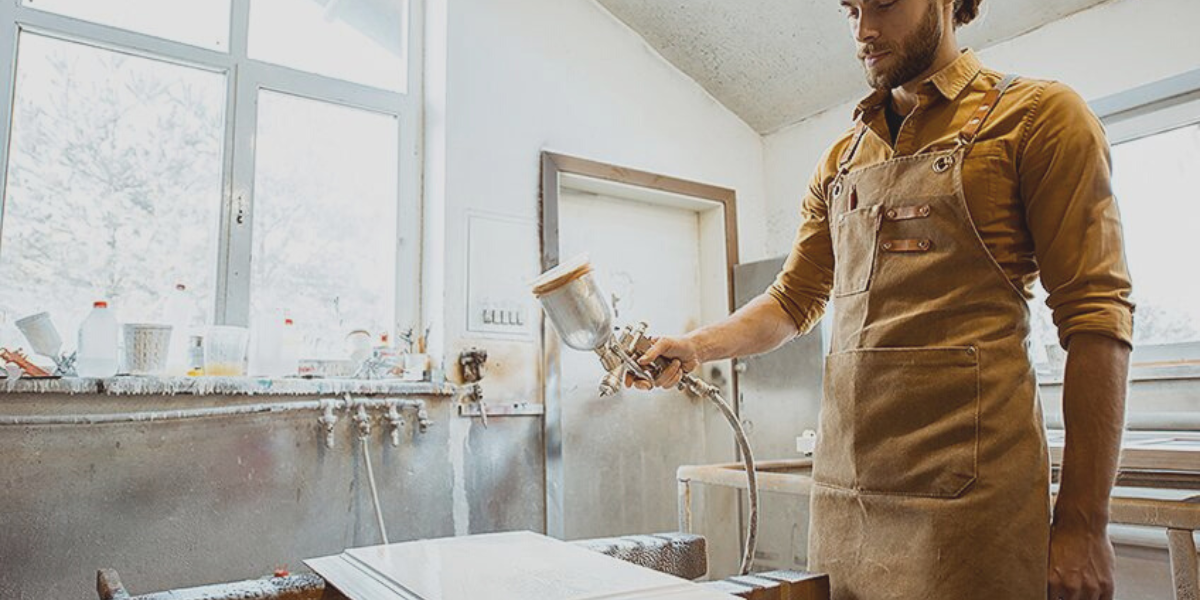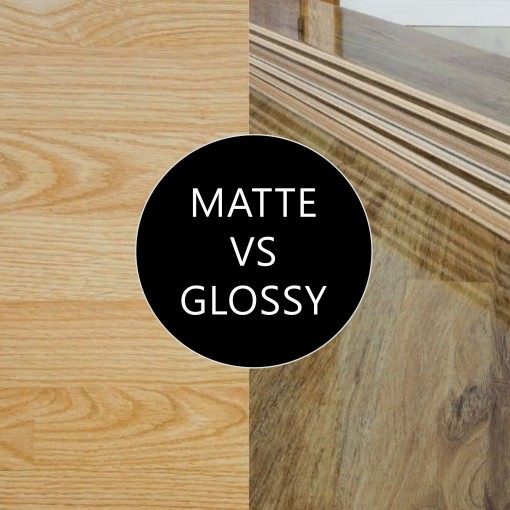
Pros & Cons Of Duco Painting
Pros & Cons Of Duco Painting
Duco paint is a type of paint that is commonly used for furniture and cabinetry. It is known
for its durability and resistance to scratches and stains.
Some pros of using Duco paint include:
-
Duco paint is very hard and durable, making it an ideal choice for high-traffic areas and furniture that is frequently used. -
Duco paint is highly resistant to scratches and stains, making it a great choice for items that are likely to be exposed to spills or other types of wear and tear. -
Duco paint is easy to clean and maintain, and it can be wiped down with a damp cloth without any problems. -
Duco paint comes in a wide variety of colors, so you can find the perfect shade to match your decor.
Some cons of using Duco paint include:
-
Duco paint can be difficult to apply and requires a certain level of skill to get the finish looking smooth and even. -
Duco paint can be more expensive than other types of paint, so it may not be a cost-effective option for some projects. -
Duco paint has strong fumes and requires good ventilation during application. -
Duco paint is not suitable for outdoor use as it is not UV resistant and will not withstand outdoor exposure.
Overall, Duco paint is a great choice for furniture and cabinetry that will be
frequently used and exposed to wear and tear, but it may not be the best option for all projects.
The process of applying Duco paint can be broken down into several steps:
-
Surface preparation: Before applying Duco paint, the surface must be cleaned and sanded to ensure that it is smooth and free of any dust or debris. -
Priming: The surface should be primed with a suitable primer, this helps the paint adhere better and provide better finish. -
Mixing: Duco paint is a 2-component paint, which means that it consists of a hardener and a paint base. The hardener and paint base must be mixed together in the correct proportion before application. -
Application: Duco paint can be applied using a spray gun or a roller. A spray gun will give a smoother finish but is more difficult to handle, while a roller is easier to use but may leave a slightly more textured finish. -
Drying: Duco paint needs to be left to dry for several hours between coats. The number of coats required will depend on the surface and the desired finish. -
Sanding: After the final coat, the surface should be sanded with fine sandpaper to remove any brush or roller marks and give the surface a smooth finish. -
Finishing: A final coat of lacquer is applied to protect the paint and give it a glossy finish.
It's important to note that Duco paint requires a certain level of skill and experience to apply, and it's
recommended to seek professional help if you have no prior experience. Also, proper ventilation and
safety measures should be taken when using Duco paint, as it has strong fumes.








